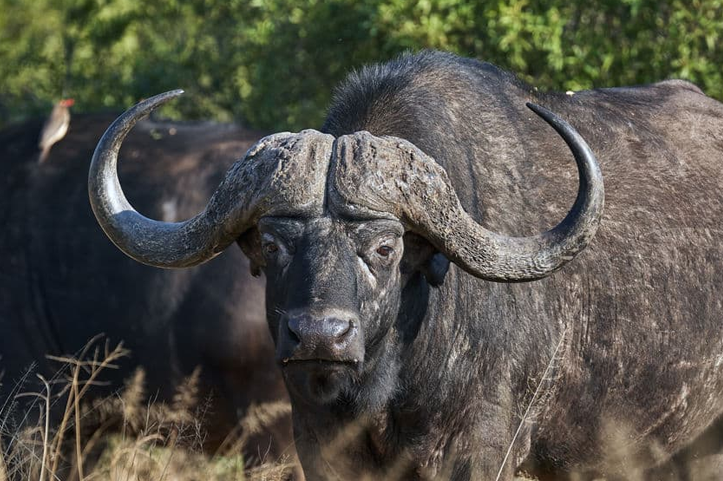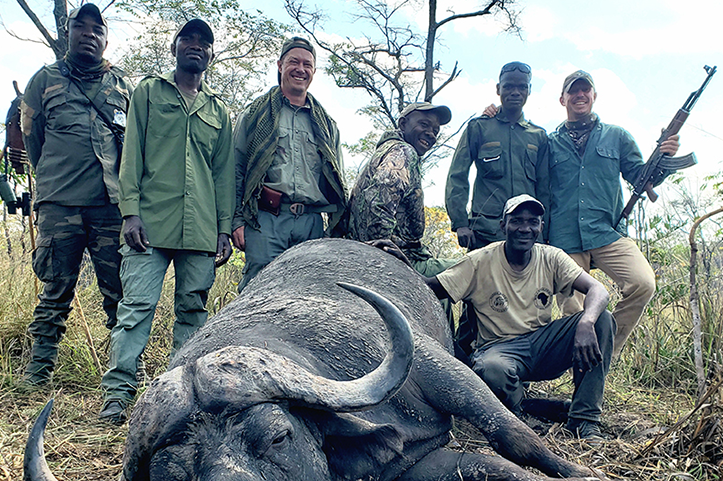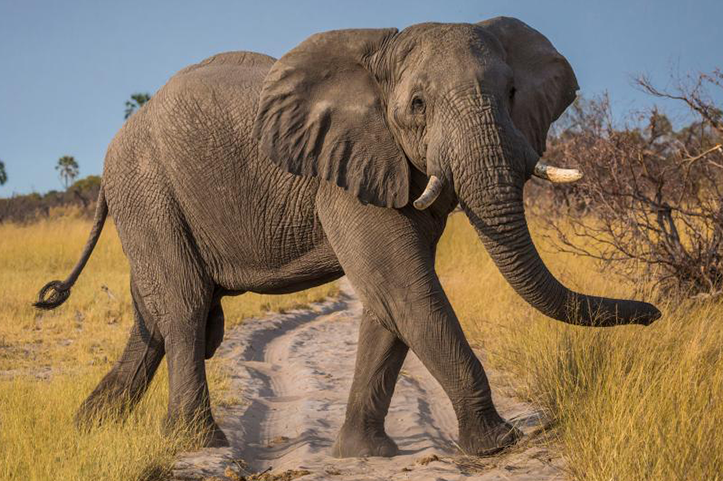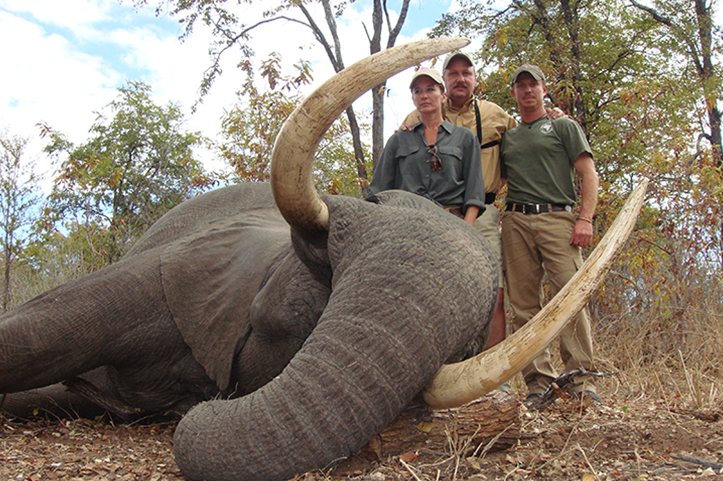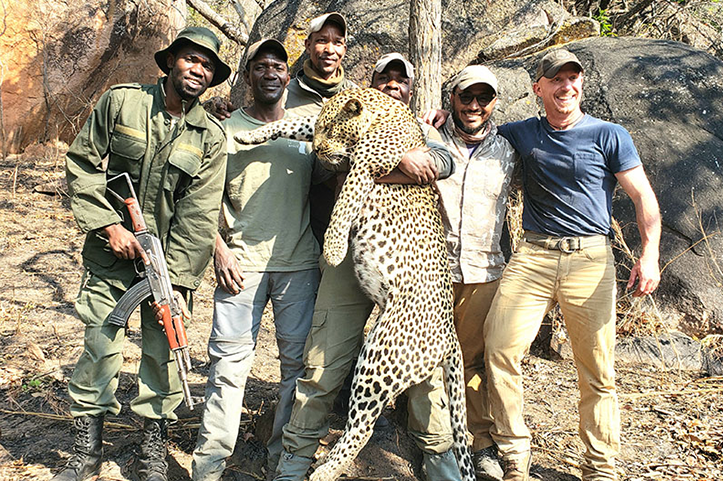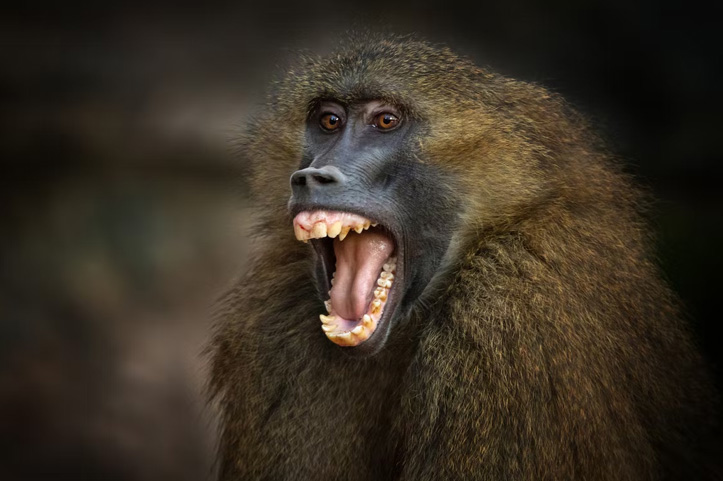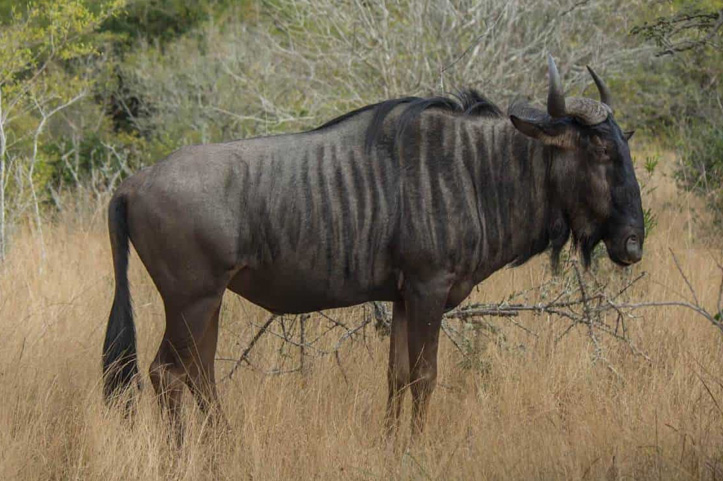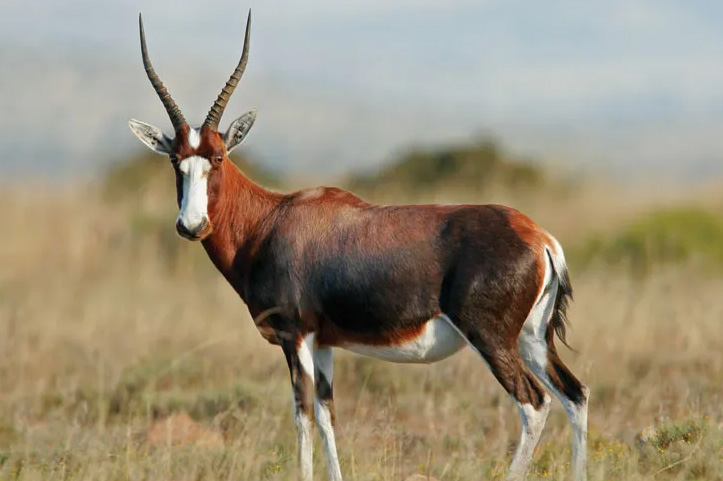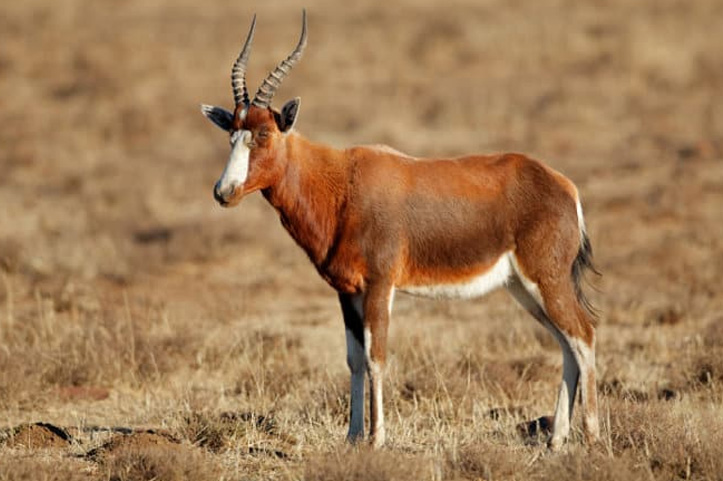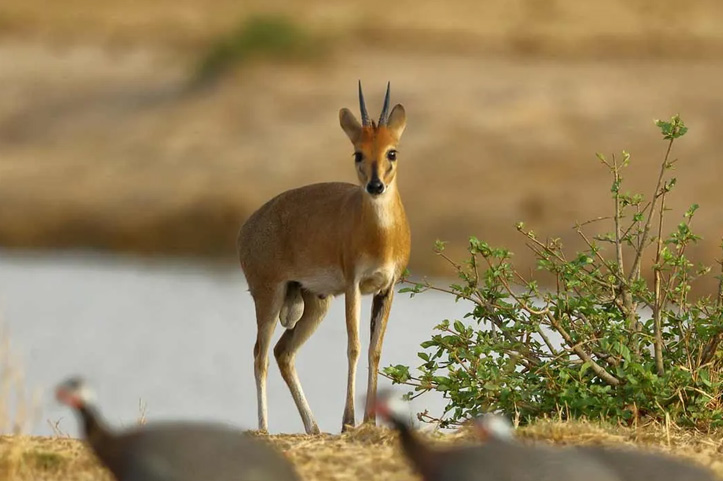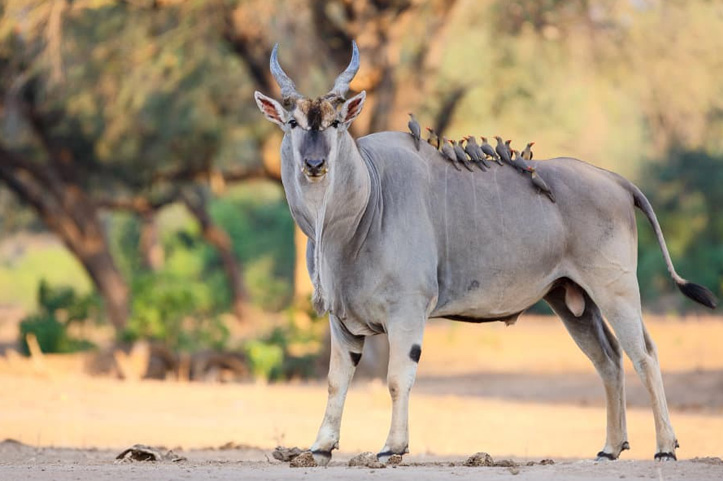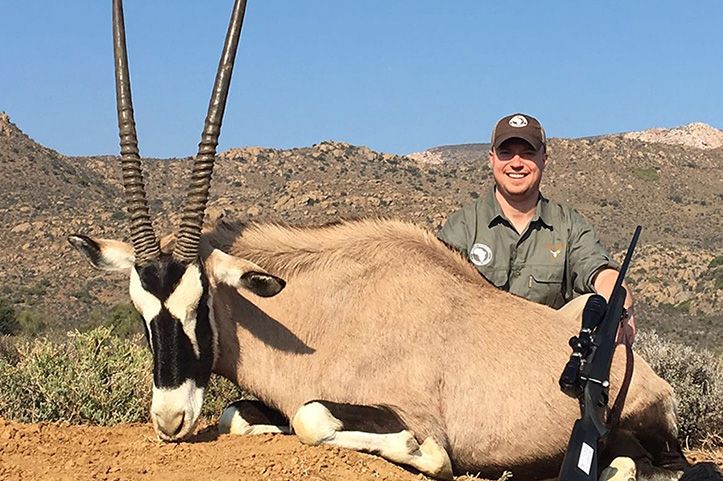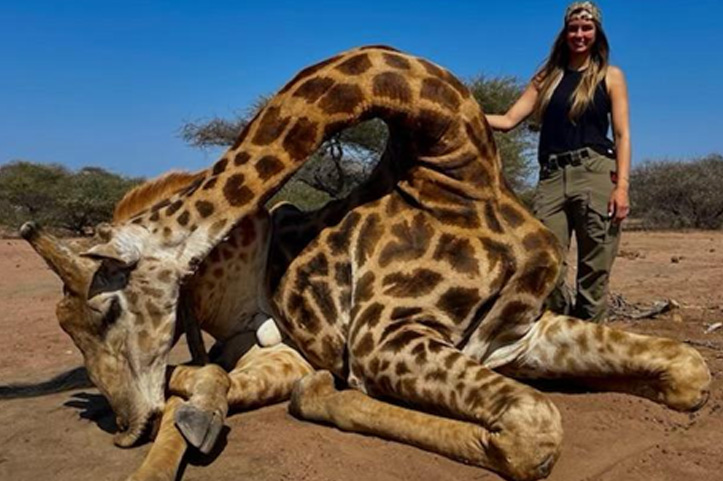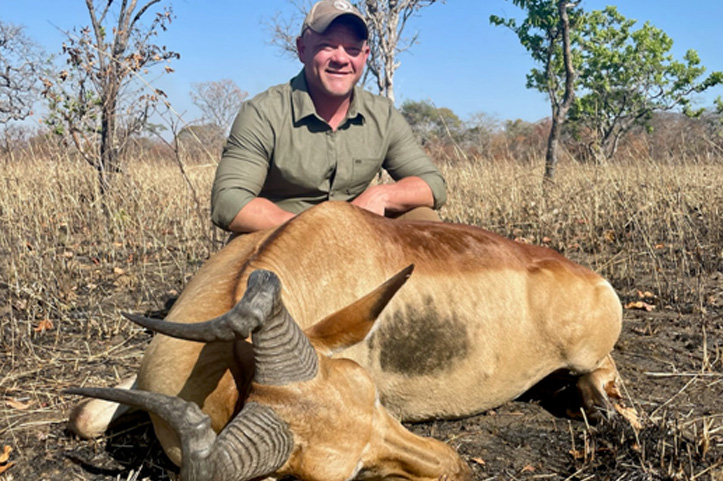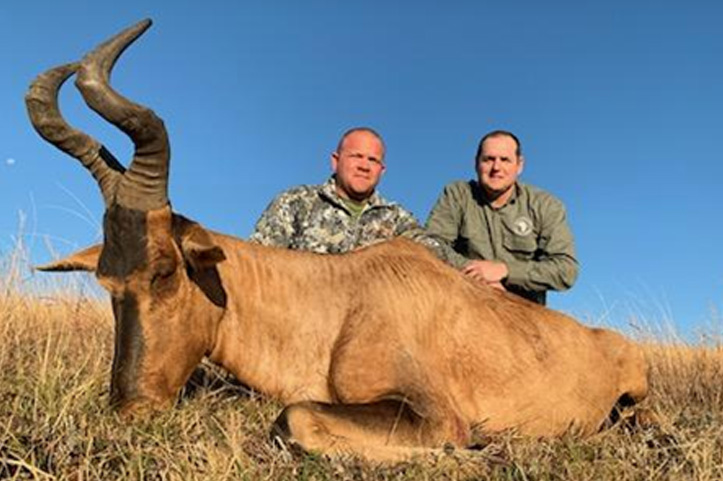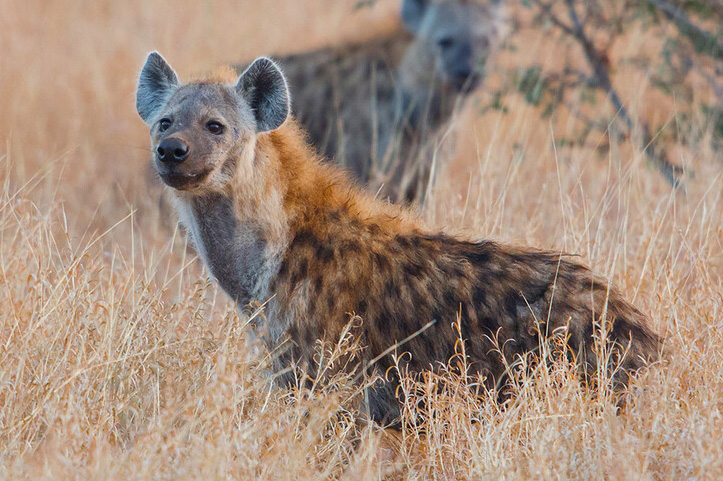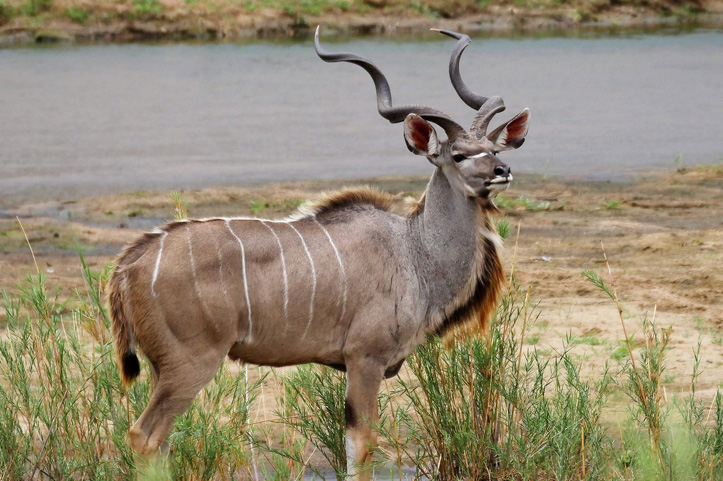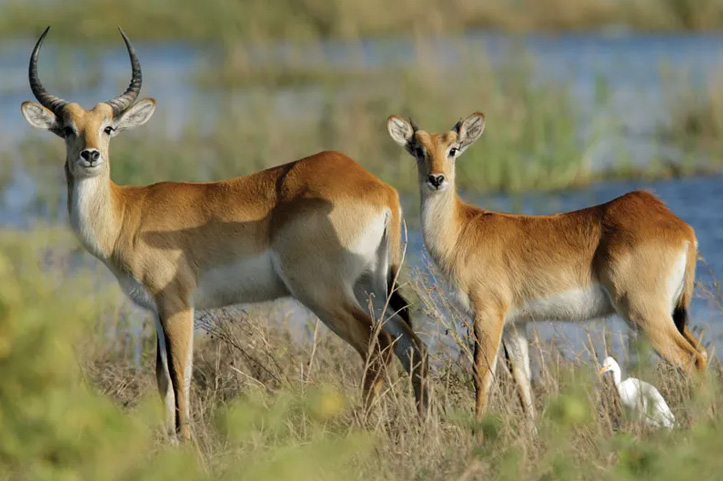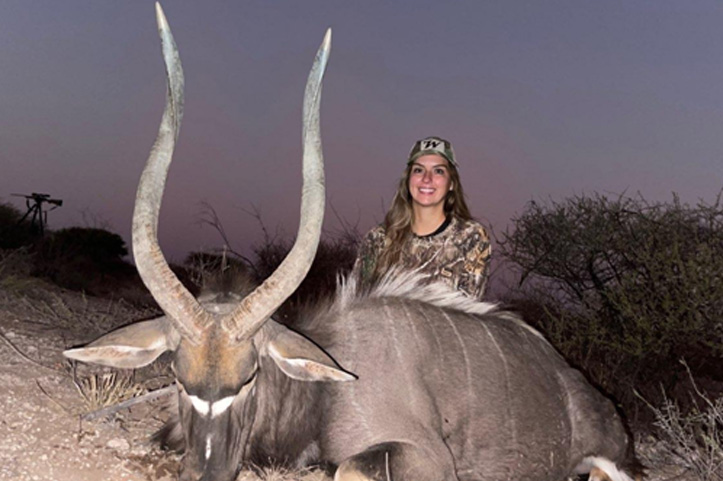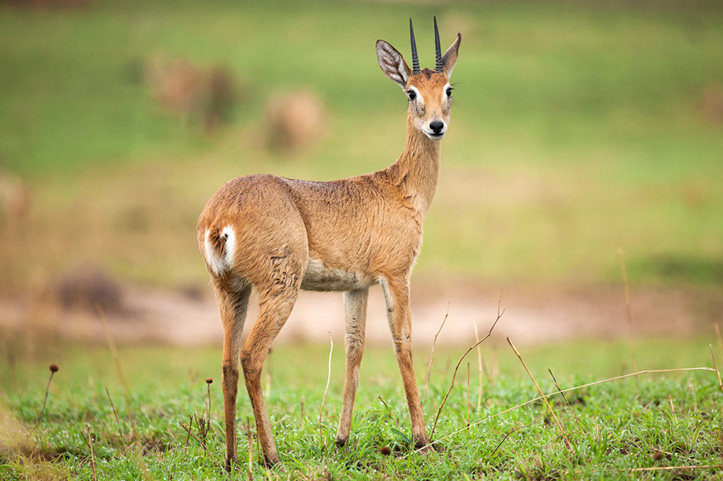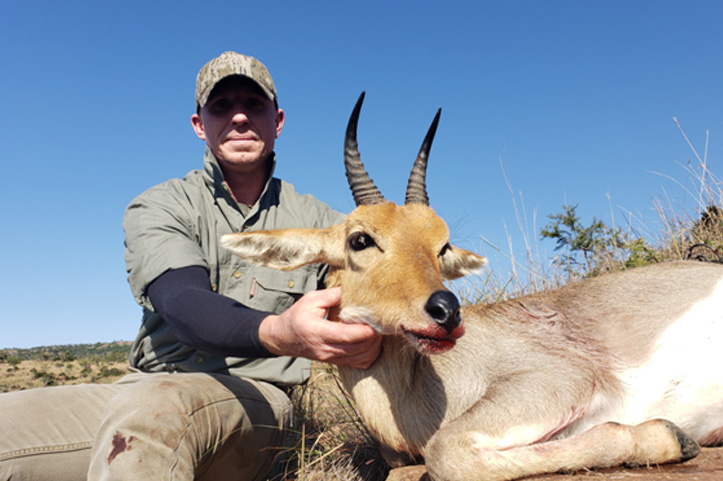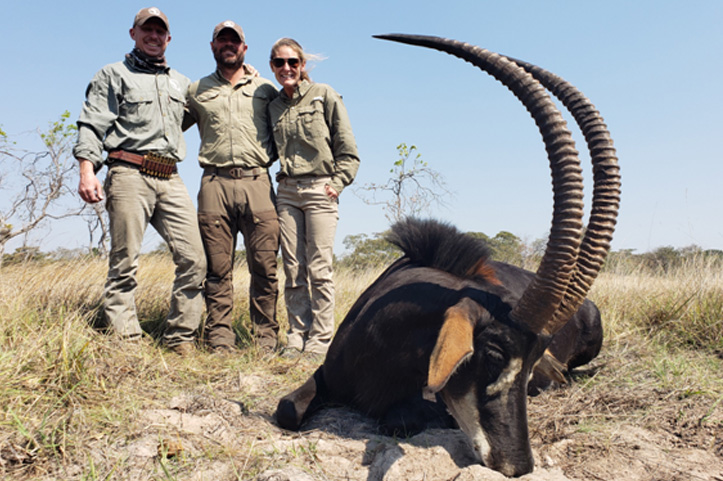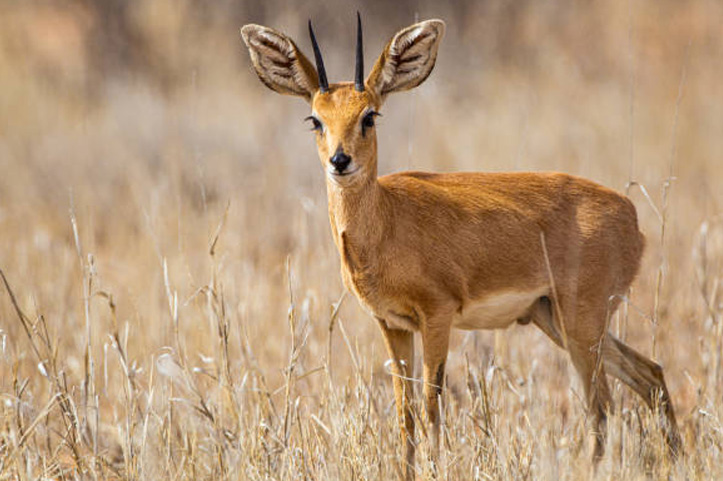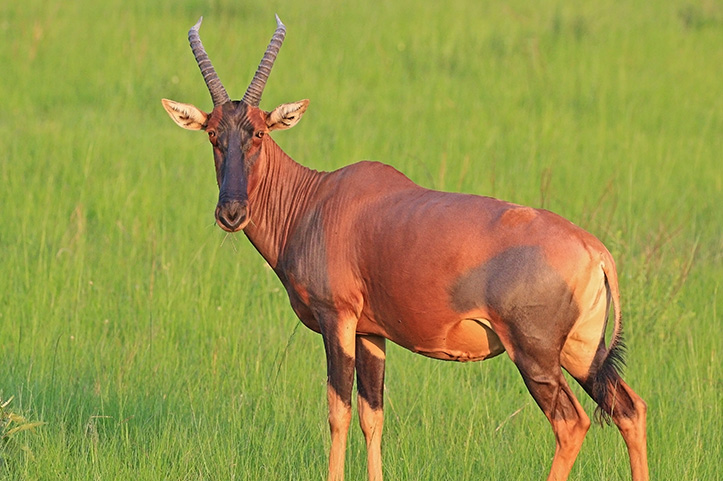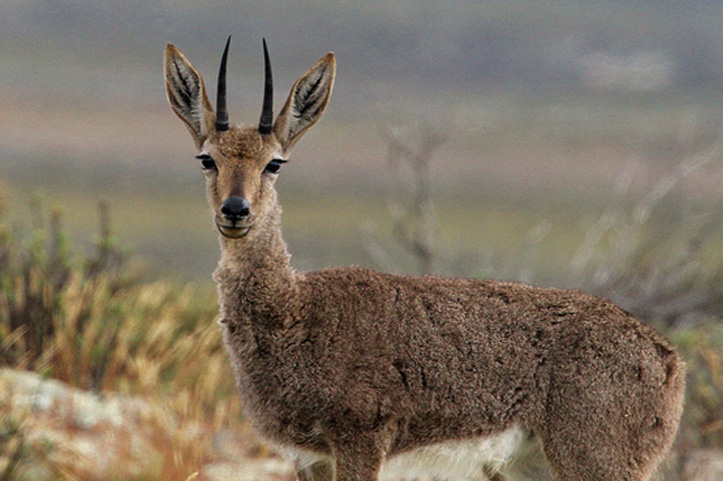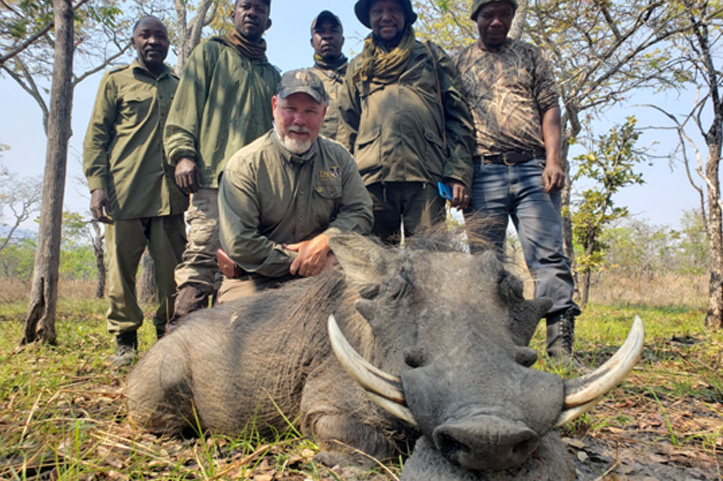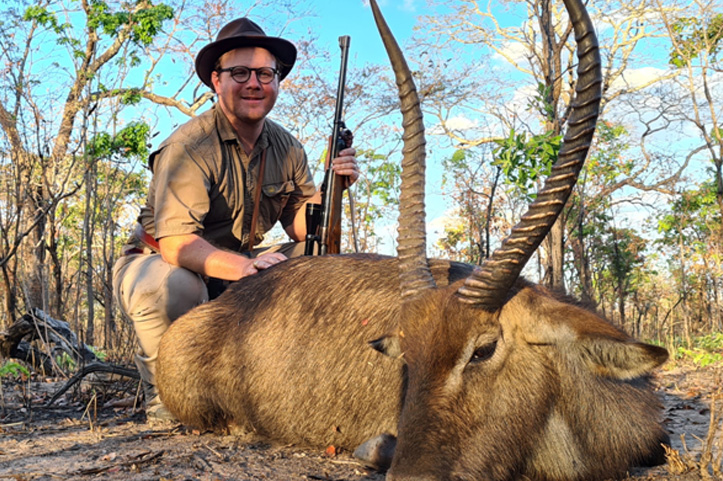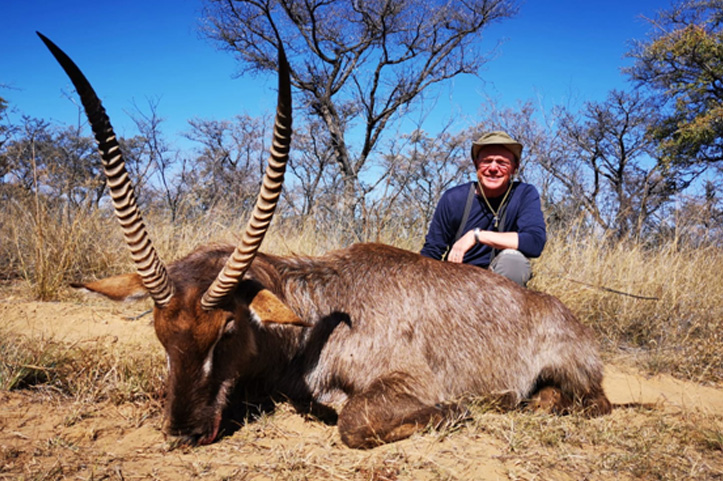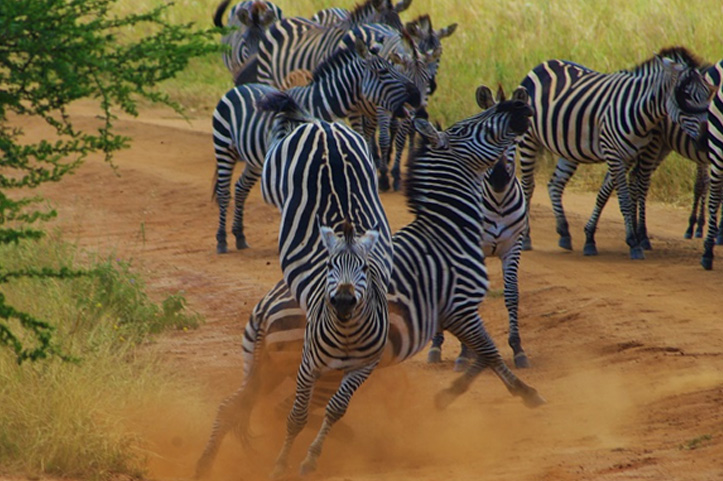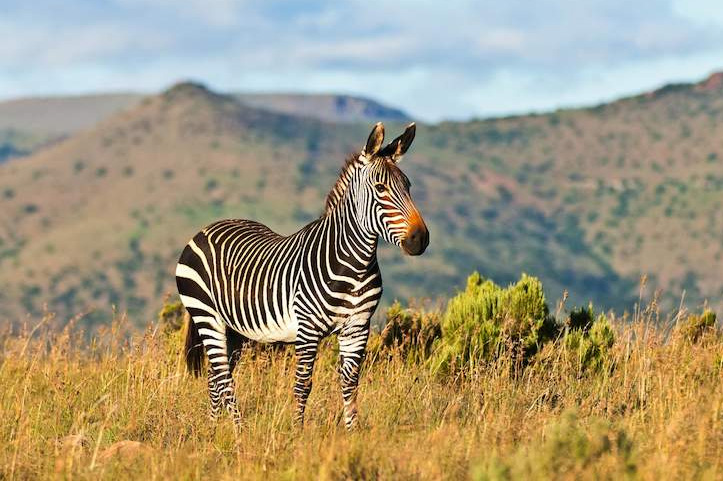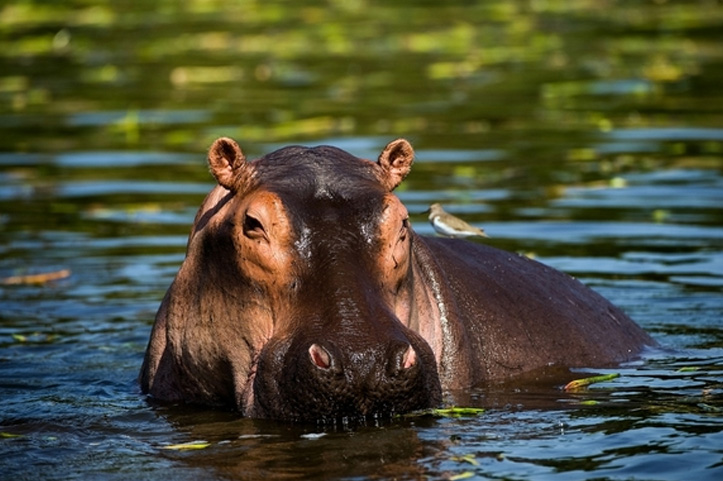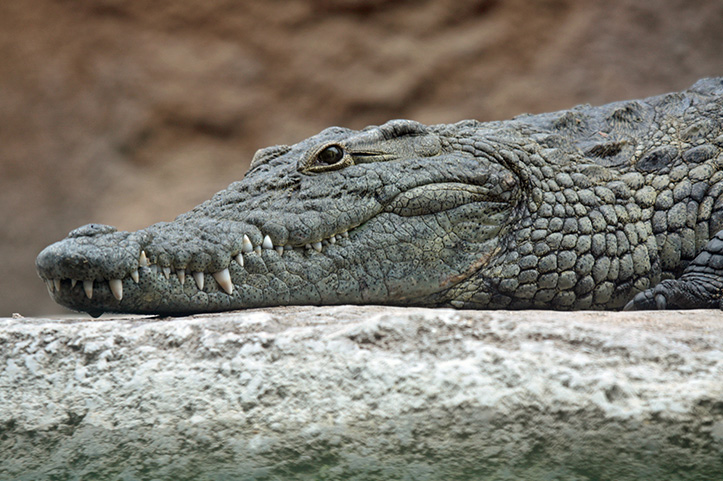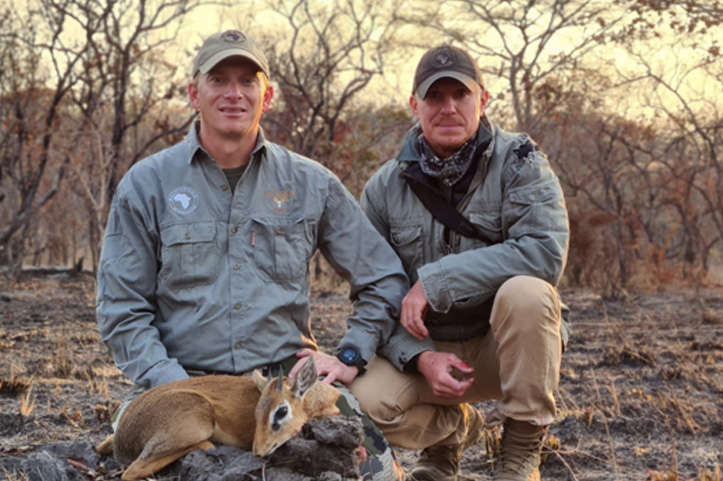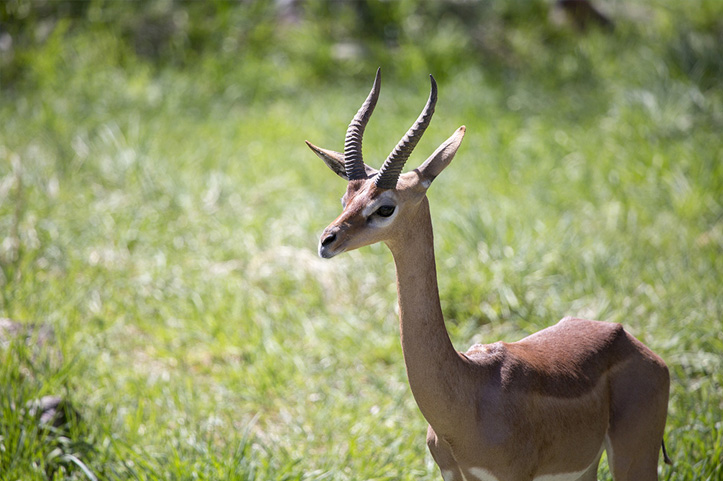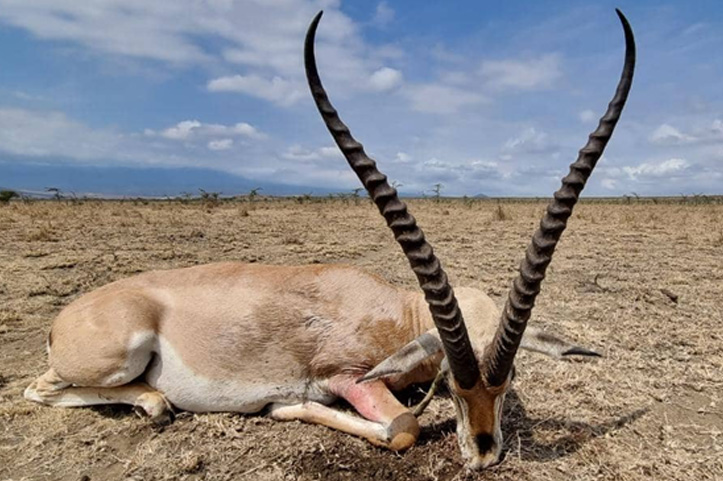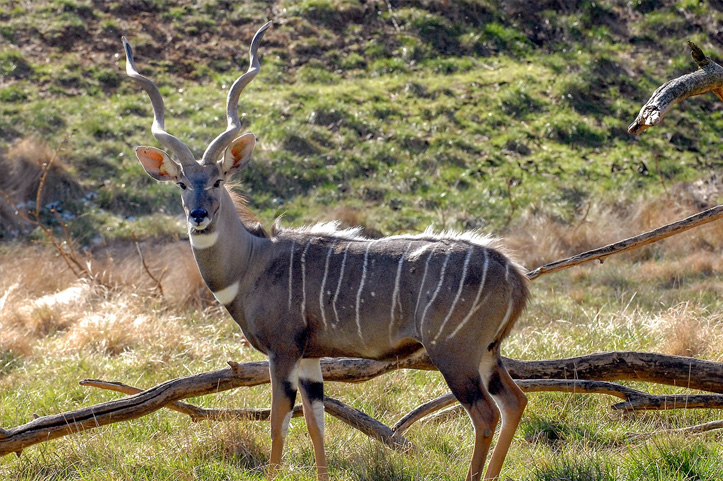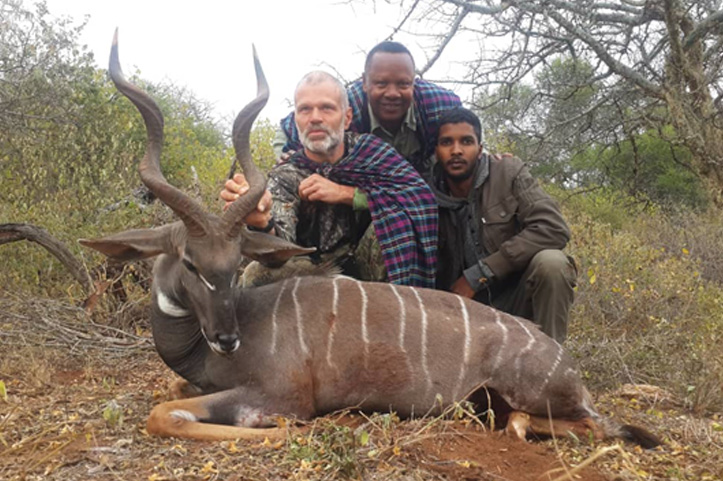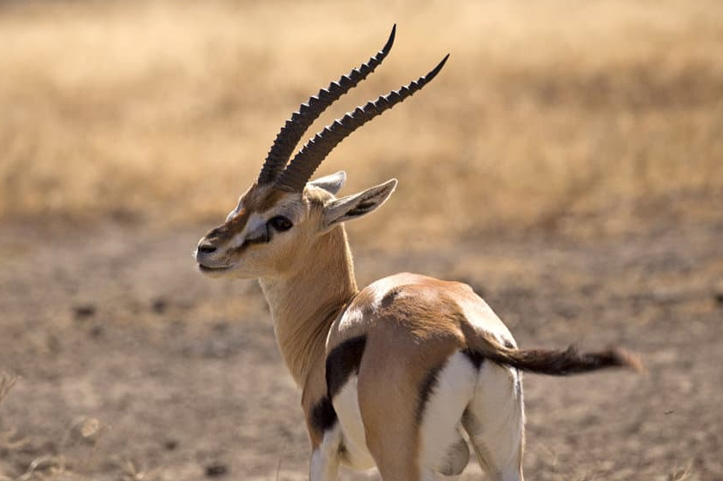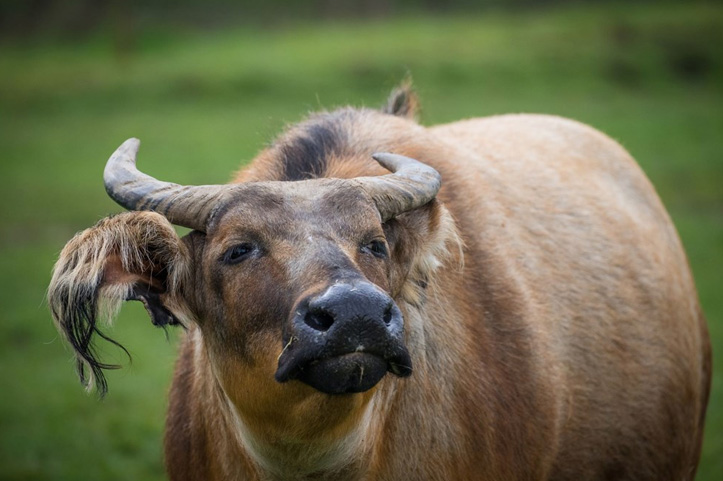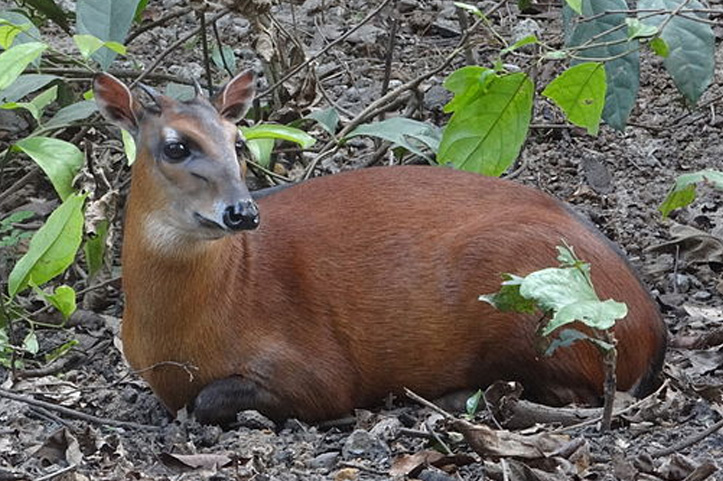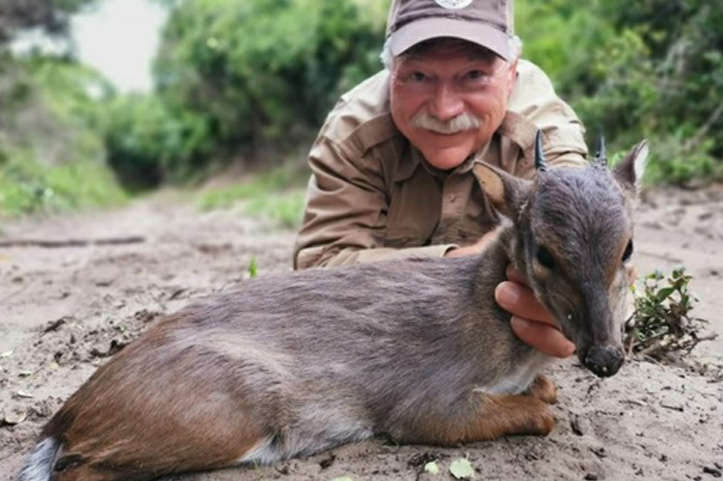What kind of name is that – the BIG 5? Well, it comes from the old school of African hunting, and it relates to the five ‘most likely to kill your ass animals’ on planet earth. Naturally a hunter that has done this under free range conditions has had a lot of memorable experiences in Africa. We are happy to have helped our clients make these memories.
If you are interested in seeing or hunting the Big 5, please contact us nathanaskew@yahoo.com @bulletsafaris on IG or call 5735871234
BIG 5:
Cape Buffalo (Synceruscaffercaffer):
This animal is the most commonly hunted of the Big 5. It is pure adrenaline and sweat and sore feet and near misses when done correctly. Buffalo are widely distributed across all of Southern, Central and Eastern Africa. Males and Females both carry horns. Males are hunted for Trophies. They are hunted at close range. This animal is tough – it can withstand the heaviest calibers and stores enough oxygen in its brain to stomp on you for up to a minute without a functioning heart… think about that for a second (60 of them).
Rowland Ward minimum for a Cape Buffalo is 42 inches
Elephant (Loxodonta africana):
It is a humbling experience to be within feet of this animal in heavy bush waiting for the situation to play out… you can be 10 yards and not see the animal at times. They are the biggest land mammal on earth. This is the only member of the Big 5 that can kill you on accident. Elephant are widely distributed across all of Africa. With both male and females carrying tusks. Males are bigger and roam in small bachelor groups or by themselves. Females will be in herds with young. Both species can be hunted. Males carry longer and heavier Ivory. Elephants are judged on the weight of the tusks. Elephant ivory may be imported into the USA in accordance with the CITIES convention. It comes as no surprise to us that the countries that allow legal trophy hunting have the most of this species as it is fiercely protected and managed as a valuable renewable resource.
Rowland ward minimum for Elephants is 70 pounds minimum per one tusk.
Leopard (Panthera pardus):
The most secretive of the Big 5. Hunting leopard is a grinding chess match – to hunt them successfully and repeatedly you have to understand the most calculating of the Big 5. This predator has no match when it comes to a challenge of a hunt. Leopard are widely distributed across central, western, eastern, and Sothern Africa. Both male and female Leopards are primarily solitary animal, except for when breeding takes place. Males are the only sex than can be hunted. Hunting is heavily regulated and monitored and sometimes not permitted in certain countries where habitat loss is the main problem (it is not the hunting of the animal that is reducing their numbers in a scientifically measurable way). Leopards have a home territory that ranges vastly in size depending on populations. Scoring of a leopard is based on the length and width of the skull. Most Guides overestimate the weight of leopard – very few will actually break the 150 pound mark BUT don’t let that fool you this animal wounded will give you approximately 100 stitches per second… think of someone throwing you a running chainsaw with 4 blades that you must catch!
Leopard can be imported into the USA in accordance with the CITIES convention. It comes as no surprise to us that the countries that allow legal trophy hunting of the big cats have the most of this species as it is fiercely protected and managed as a valuable renewable resource.
Rowland Ward minimum for a leopard is 15 4/6 inches.
Lion (Panthera Leo):
Lion are distributed inEastern, Southern, and Western Africa. Males and females will travel in prides and have their own territory. Ole Cecil and the perfect storm of people and Facebook almost stopped lion hunting for good… this was until the world calmed down and discovered the fact that stopping the hunting of these animals will ultimately mean the removal of Lion from any area outside of a national park. Hunting pays for the large areas a lion needs to survive. Older males or younger males may travel in smaller groups looking for their own territory. Males will grow long hair, called manes and can very on thickness and length depending on the area. In certain countries both Males and Females can be hunted, but primarily thehunting of Males is the only legal method of take. To trophy score a Lion you will take the length and width of the skull.
Lion skins and skulls can be imported into the USA in accordance with the CITIES convention. It comes as no surprise to us that the countries that allow legal trophy hunting have the most of this species as it is fiercely protected and managed as a valuable renewable resource. Seeing this animal at close range – on foot – is awe inspiring. Shoot straight, if a lion is wounded it will charge and bite you… they are very fast.
Rowland Ward minimum for Lion is 25 inches
Rhino (Rhinocerotidae):
There is 2 types of Rhinos in Africa. White and Black.White rhinos are the only of the species that can be hunted. Only a few select countries allow the hunting of rhino, and is heavily regulated and controlled by the government. There is green hunts that can be done and involves tranquilizing the rhino in conjunction with a veterinary health check up. Small groups of rhino can be found but they are mostly solitary animals. Both males and females carry horns. The male horn being shorter but thicker in width. The female horns will grow longer but are narrower. Both males and females can be hunted. To determine the trophy on a rhino the length of the horn is measured. Rhino hunting is regulated by the country of origin and CITIES ( the convention on trade in endangered species). It, once again, comes as no surprise to us that the countries that allow legal trophy hunting have the most of this species as it is fiercely protected and managed as a valuable renewable resource. They are not real smart but they are BIG and fantastic to be around. They have poor eye sight. The black rhino is known as the smaller and more aggressive of the two species in Africa.
Rowland Ward minimum for a Rhino is 26 inches in length.
Common Plains Game:
Most of the species on the list this are widely distributed across the African continent and can be hunted in many different countries. If you are interested in seeing or hunting these animals please contact us nathanaskew@yahoo.com @bulletsafaris on IG or call 5735871234
Baboons (Papio)
Found in Central, Western, Eastern, and Southern Africa. Baboons travel in troops. Males and females are hard to distinguish, but the males are typically taller, and broader. Either sex can be hunted. The below picture is of an Olive Baboon male showing his canine teeth (longest in Africa).
Blue Wildebeest (Connochaetestaurinus)
Found primarily in Eastern Africa and southern Africa. Both males and females carry horns, that come out along the ears. The males are typically bigger bodied and darker in color. Males are the only sex hunted. The width of the wildebeest horns is how the trophy is measured. Rowland Ward minimum for Blue wildebeest is 28 4/8 inches.
Black Wildebeest (Connochaetesgnou)
Found only in Southern Africa. Both males and females carry horns. The horns curve straight out from the face above the eyes and resemble large hooks. Males carry heavier and longer horns with deeper hooks. To trophy score a black wildebeest you will measure from tip to tip along the outer edge. Rowland Ward minimum for Black wildebeest is 23 inches
Blesbok (Damaliscuspygargusphillipsi)
Distributed in Southern Africa and Namibia. Both males and females carry horns, the males carrying typically longer and thicker horns. The length of the horn from the base to the tip is how to judge a trophy Blesbok. Rowland Ward minimum for Blesbok is 16 4/8 inches.
Bontebok (Damaliscuspygargus)
Found only in South Africa. Males and females will travel in herds. Both males and females carry horns, with males being longer and thicker. The length of the horn from base of the skull to the top of the horn is how to trophy judge a Bontebok. Rowland Ward minimum for a Bonetbok is 14 inches.
Bushbuck (Tragelaphus sylvaticus)
Found across Western, Central, Eastern, and Southern Africa. There are many different subscies. The picture below is an East African Bushbuck. They are brown in color and have large white spots.Bushbuck are primarily solitary animals. Males carry horns while females do not. The horns stick up straight off the head and spiral. Making them a unique trophy. Rowland Ward minimum for Bushbuck is 15 inches.
Eland
Livingston (Taurotragus oryx) –Found across Eastern, and Southern Africa. They are large in size weighing up to 1400lbs. These Eland will travel in medium size herds with a dominant Male. Males are dark in color and carry longer and thicker horns. Eland areapart of the spiral horned family which makes for a great trophy. Rowland Ward minimum for the Livingstone Eland is 35 inches.
Gemsbuck
Found in Southern Africa. Males and females will travel in large herds. They are grey in body color with a black stripe along the belly. They have white face and black stripealong the nose. Gemsbuck have long horns that stick straight up out of the top of their heads. Both Males and females carry horns. The Males horns with be shorter and thicker, white the Females are longer and thinner. Both Males and Females can be hunted. Rowland Ward minimum for the Gemsbuck is 40 inches.
Hyena (Crocuta Crocuta)
widley distributed and come in two species of the brown and the spotted Hyena. The spotted Hyena is the largest and is commonly hunted. This is not a dog or canine species it is more closely related to the badger or wolverine family. It is a unique animal and a challenge to hunt.
Klipspringer (Oerotragusoreotragus)
Found in eastern and southern Africa, these are very small mountain dwelling antelope. They are grey in color and a male and female will live in close proximity to each other. The long, coarse hair makes this a unique animal to hunt. Short, sharp horns come out of the top of the head and are typically not much longer than the ears. Rowland Ward minimum is 4 2/16inches
Kudu – Greater (Tragelaphus strepsiceros)
Found in eastern and Southern Africa. Tall, long legged antelope Kudu are known as the “grey ghost”. They are dark grey in color with white stripes along the midsection. Long, sweeping spiral horns out of the top of the head makes this animal very familiar. Rowland Ward minimum is 50 inches
Lechwe – Black(Kobus leche smithemani)
Found only in the swamps of Zambia. They are more black and tan across the back and are only endemic to this country.These lechwe resemble very similar to its cousin the red lechwe. Same sweeping lyre-shape horns although but shorter than its cousin. Rowland Ward minimum is 22 inches
Nyala (Tragelaphus angasii)
Native to south-eastern africa. Nyala area member of the spiral horned family. This medium sized antelope weighting 200-300 pounds is grey in body color and has some light white striping across its midsection. A long white patch of hair runs down it’s back. It’s horns spiral up and have yellow-ivory colored tips. Rowland Ward minimum is 27 inches
Oribi (Ourebiaourebi)
Found in Eastern, Western, and Southern Africa. This small antelope prefers to call the grasslands and savannas it’s home. Weighing 25-45 pounds and are a yellowish brown in color. The males will establish a home territory and will pair with one female. Males are the only one that carry horns. Rowland Ward is 5 inches
Roan (Hippotragusequinus)
Found in Central, Western, and South-eastern Africa. Living in the savanna and woodlands surrounding. They are among some of the largest antelope in body size, weighing up to 500lbs. Named after its color, they are reddish-brown. Horns come out of its head and sweep back toward their rump in a short arch. Rowland Ward minimum is 26 4/8.
Reedbuck – Common (Reduncaarundinum)
Found in Southern, Central, and Eastern Africa. They live in moist grasslands near water and will move with the rains throughout the year. It is light brown in color and will weight up to 150lbs or more. Horns come out the top of the head and curve slightly forward. Rowland Ward minimum is 13 inches
Reedbuck – Mountain (Reduncafulvorufla)
Found in the mountains of sub-Saharan Southern Africa. It is about 1/3 of the size of the common reedbuck, and weights roughly 50-70 pounds. It is grey in color with a white underbelly. It has the same forward curving horns. Rowland Ward minimum is 6 inches. Hunted mainly in the Eastern Cape of South Africa. This is a smaller animal than the common reedbuck and carries smaller horns.
Sharpes Grysbuck (Raphicerus sharpei)
Found in the rocky out crops of South-eastern Africa. Very small, shy, and solitary animals. They weigh15-20lbs and have reddish-brown coats with hints of white stripes. Small dagger like horns come straight up from the head. Rowland Ward minimum is 1 8/16 inches.
Steenbuck (Raphicerus campestris)
Found in southern and eastern Africa.It’s coat appears almost orange in color. They weigh roughly 25lbs on average. Big, white ears are a standout when looking at a steenbuck. Shorter horns come off the head and end close to level with the ears. Rowland Ward minimum is 4 8/16 inches.
Springbuck (Antidorcas marsupialis)
Found in South and South-western Africa. They have a white face, and light brown coat with a dark red stripe running from the front leg to the back with a white underbelly. They may weight somewhere between 60-90lbs. Both males and females carry horns. Going straight up and then curving backwards. Males horns being longer and thicker. Rowland Ward minimum is 14 inches.
Vaal Rhebuck (Palea caprelous)
Found only in South Africa. They live in higher elevations and grasslands. They are grey in color, but have an unusually long neck. They weigh 40-60lbs.Horns are only carried by the males, and stretch out past the ears. They have excellent eye sight and are difficult to hunt.
Warthog (Phacochoerus africanus)
One of the most widely distributed African animals. Warthogs are short and squat and are charcoal grey in color. They weigh between 150-300lbs. They have large tusks protruding out of the side of their mouths that curl upwards. Both males and females have tusks. The males have two large warts below the eyes that are actually callous skin that protect them when fighting and is a secondary sex characteristic. Rowland Ward minimum is 13 inches.
Waterbuck – Defasa (Kobus ellipsiprymnus)
Found in Western, Eastern, and Southern Africa. They live near low laying swamplands near water and live in herds. They will weigh up to 450-600lbs. They have a shaggy coat that is grey in color and secrete a greased substance out of their hide. Males are the only one that carry horns. They come up and out of the head in a “U” shape and flair out as the animal gets older. Rowland Ward minimum is 28 inches.
Zebra – Burchells (Equus quagga burchellii)
Found in eastern down to Southern Africa. The zebra lives in the plains and migrates with the grass and rains. Males and females look similar with the only defining difference being the males are slightly larger. The appearance of stripes look different depending on the location they live and many will be white and black, with some grey shadow striping. Males will weigh 500-700lbs.
Zebra – Hartmann Mountain (Equus zebra)
Found in south western Africa, Namibia, and Angola. They live in semi dry and mountainous environments. They are black and white in color and do not have an shadow stripes. They have a dewlap that other zebra species do not have.They are bigger in body size and Males will weigh between 600 and 800 pounds.
Aquatic Species:
Hippo (Hippopotamus amphibius)
Rowland Ward minimum is 24 inches – the hippo is regarded as one of the most dangerous animals in Africa. They are fast on land and in the water. Males fiercely defend their pod of females. Hunting these animals can be done in the water or on land. They are widely distributed across most of Africa and are typically hunted in the large river systems of the Selous Game Reserve and the Zambezi River.
Crocodile (Crocodylidae)
Rowland Ward is 13.5 feet long – hunting these animals is difficult and a very accurate shot is needed to anchor the animal. They do not float so a croc that gets into deep water is easily lost. They are very aware and hunting large specimens take a lot of planning and time. They are probably responsible for the most deaths in Africa each year. Crocodiles can live over 100 years and grow throughout their lives depending on the food available to them.
Rare Plains Game:
DikDik– Kirks (Madoquakirkii)
Native to Eastern Africa, these animals are among some of the smallest antelopes in the world. Weighing roughly 15 pounds. These little guys make for a very challenging hunt as they never seem to stop moving. DikDik will only mate with one female at a time and they have a distinct territory. Small horns protruding from their head can be tough to judge from a long distance, but anything above the ears is one you need to shoot! Rowland Ward minimum is 3 inches.
Gerenuk (Litocraniuswalleri)
Native to the Massailand area of Tanzania in East Africa, Gerenuk are a unique and challenging animal to hunt. With extremely long necks to reach high in the acacia trees to feed, they has also adapted to standing on their hind legs. This medium sized antelope weighs 70-100lbs and travels in herds. Males are the only ones that carry horns. They have heavy bases tapering off into sharp tips off the top of its head. Rowland Ward minimum is 13 inches.
Grants Gazelle (Nangergranti)
Found strictly in Eastern Africa, these antelope are among some of the biggest bodied species of gazelle antelope in Africa. The large herds of these animals moving across the open landscape are an iconic imagine in most peoples minds when it comes to Africa. They will weigh in around 110-180 pounds, with a slick red back and white belly. With tall horns that hook slightly inward may make finding a spot in your trophy room difficult! Rowland Ward minimum is 23 inches.
Lesser Kudu (Tragelaphus imberbis)
The smaller cousin to the Greater Kudu, this unique animal lives and thrives in Eastern Africa. Female’s will be in groups, while older males prefer to be solitary. Males will weigh in between 200-250lbs. About 1/3 the body size of its bigger cousin. They have the same dark grey body, with white stripes and spiral curled horns as the Greater Kudu. Rowland Ward minimum is 27 inches.
Suni (Neotragusmoschatus)
One of the smallest antelope found in Eastern and Southern Africa. Weighing only 9-11 pounds these little guys will make a great appetizer at the campfire. Living in dense underbrush, seeing, and let alone hunting one of these buggers is tough. They are active around daylight and dusk. Males will have their own territory, allowing females to come and go. The small horns may not look like much, but bagging one of these is truly something special! Rowland Ward minimum is 2 2/16 inches.
Thompson Gazelle (Eudorcasthomsonii)
This straight horned Gazelle is found is found in Eastern Africa. The dark side strip, along with the pencil straight horns are another iconic animal in that East African landscape. Large herds of these gazelles moving across the landscape in groups of up to 200,000 have been recored. They are not large animals and will only weigh in around 40-80lbs. Rowland Ward minimum is 13 inches.


